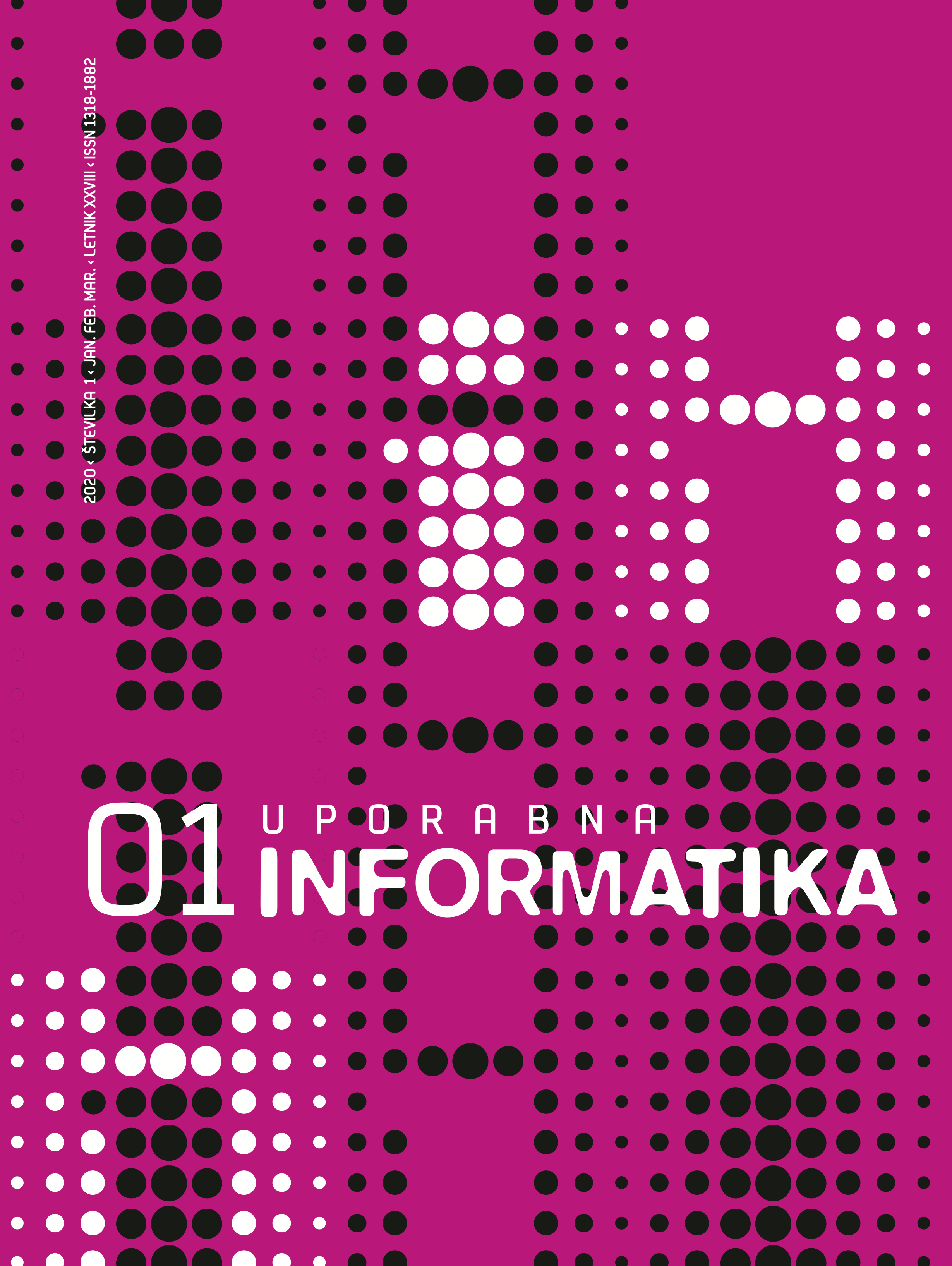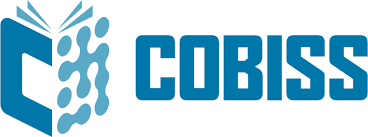Blended learning - experience and solutions
DOI:
https://doi.org/10.31449/upinf.76Keywords:
E-learning, blended learning, Moodle, practical experienceAbstract
Blended e-learning introduced new challenges for teachers and students in our faculty. This was especially true for computer programming class and similar subjects, where students need to build up their knowledge on a regular basis and logically combine the acquired knowledge in problem-solving e-lessons. We have noticed an increased absence from classes and plagiarism, as well as an extraordinary increase of teachers' workload when grading the submitted problem-solving e-lessons. Solutions were found in different fields. We have introduced many methods to motivate students for regular study activities. Requirements for e-lessons were changed in order to use the computer as a first tool to assess the correctness of the submitted computer code. We have also changed the settings in Moodle's review module in order to streamline the grading of e-lessons. A videoconference was used instead of an e-lecture. By combining lectures and exercises in a timetable, we have given the students more time to master the new knowledge. The introduction of these and certain other measures improved the attendance of students in the first exam period by about one third.






